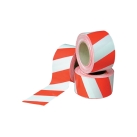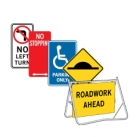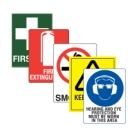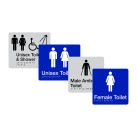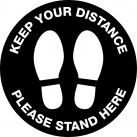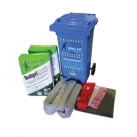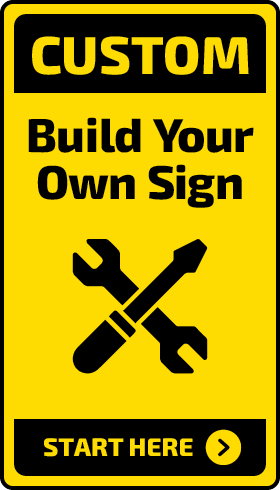Seasonal Safety Tips: Preparing for Winter Hazards

Winter is beautiful with its snowy effects and cosy evenings by the fire.
However, it brings a set of challenges and hazards. From icy roads to freezing temperatures, winter can pose serious risks if not prepared.
In this blog, we'll explore essential cold weather precautions that can help in navigating winter safely.
What Is Meant By Seasonal Safety In Winters?
Seasonal safety refers to the steps and measures to protect from the specific hazards of different seasons.
In winter, cold weather precautions involve preparing for the potential dangers of freezing temperatures and winter weather conditions.
Safety preparation aims to prevent injuries, illnesses, and accidents more likely to occur during this time of year.
5 Winter Safety Tips You Should Know
1. Barriers To Protect Pedestrians
Implementing barriers becomes a critical strategy for safeguarding pedestrians when tackling safety concerns, especially those linked to winter hazards.
During winter, the risks associated with icy paths, snow-covered walkways, and reduced visibility heighten the potential for accidents.
Strategically placed barriers can guide pedestrian flow away from dangerous areas, such as slippery surfaces or near vehicular traffic, where control is compromised due to icy conditions.
Additionally, barriers can be used to separate off safe walkways so they are regularly cleared of snow and ice and treated with anti-slip materials.
This proactive approach protects individuals from the immediate dangers of winter weather.
2. Add Warning Signs
Adding warning signs at strategic locations is crucial in ensuring safety from winter hazards.
These signs are pivotal in alerting pedestrians and drivers about icy roads, snow-covered paths, and potentially hazardous areas prone to winter slip-and-fall accidents.
Proper signage raises awareness and encourages individuals to be more cautious when navigating hazardous winter conditions.
These signs significantly reduce the risk of accidents and injuries by alerting people to potential dangers, such as black ice on pavements or heavy snowfall obstructing visibility.
Furthermore, they remind everyone to wear appropriate winter gear and adjust their speed and behaviour according to the environmental conditions.
3. Keep an Emergency Kit
An emergency kit is a must-have during winter and can be a lifesaver if you’re stranded or facing a power outage.
Your kit should include warm clothing and blankets to keep you warm if the heating fails.
Flashlights and extra batteries are essential for dealing with power outages.
A first aid kit with all the essentials is crucial for handling minor injuries.
Essential tools such as a multi-tool, duct tape, and a can opener can be instrumental in various situations.
A well-prepared emergency kit can provide peace of mind and prepare you to handle unexpected winter situations.
4. Installing Safety Mirror To Cars
Adding safety mirrors to vehicles is an innovative measure that improves driving safety, especially during the harsh winter months.
Winter conditions like snow, ice, and fog dramatically reduce visibility and increase the risk of accidents.
Installing safety mirrors on cars can give drivers a wider viewing angle, eliminating the dangerous blind spots that become even more hazardous in winter weather.
These mirrors are designed to resist fogging and icing, ensuring drivers have a clear view of their surroundings despite the cold temperatures.
Safety mirrors improve visibility and help prevent collisions, making winter driving safer.
5. Tactile For High-Risk Areas
Winter hazards pose significant risks, particularly in areas prone to extreme cold, ice, and snow.
Tactile can serve as an essential tool in reducing these dangers.
These banners, equipped with highly palpable and visible markers, are designed to alert individuals of potential hazards ahead, such as icy patches, deep snow, or areas prone to snowdrifts.
By implementing such preventive measures, communities can significantly reduce the likelihood of winter-related accidents.
These tactile are beneficial for the visually impaired, providing them with an additional layer of safety through touch and enhanced visibility.
Their deployment in strategic locations, such as pedestrian pathways, near water bodies, and steep inclines, increases public awareness.
Final Verdict
Winter can be challenging, but you can enjoy it safely with the proper preparations. Taking these steps helps prevent accidents and injuries and ensures you can enjoy the beauty and fun that winter offers. Stay warm, stay safe, and make the most of winter!
If you want safety barriers, contact Area Safe.
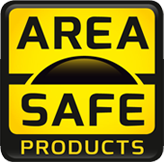
 Speed of Service
Speed of Service Easy Systems
Easy Systems Product Designs & Developers
Product Designs & Developers Car Park Protection
Car Park Protection 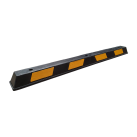
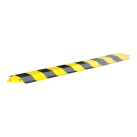


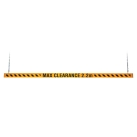
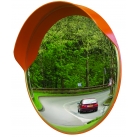
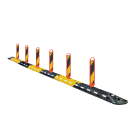
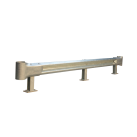
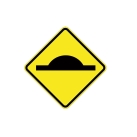
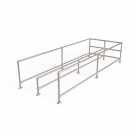
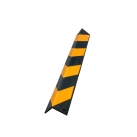
 Industrial Safety
Industrial Safety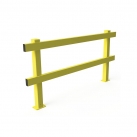
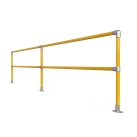


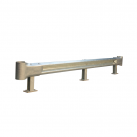
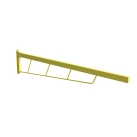
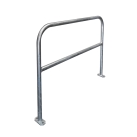
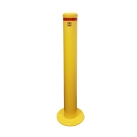
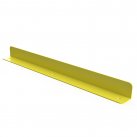

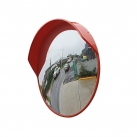
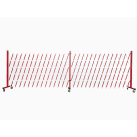
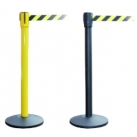


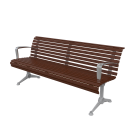 Urban Furniture
Urban Furniture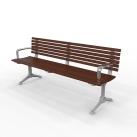
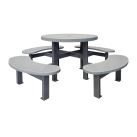
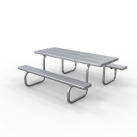

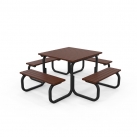
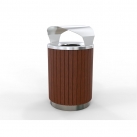
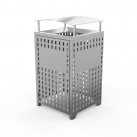

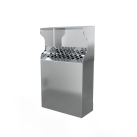
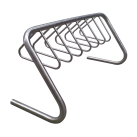
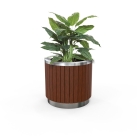
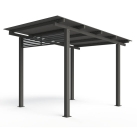
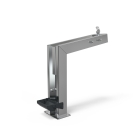
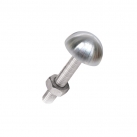
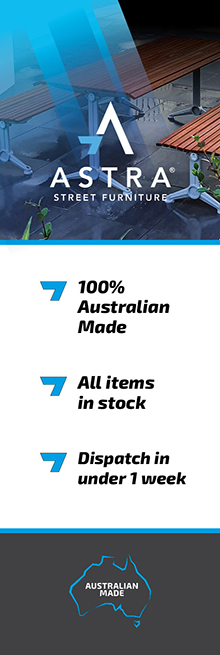
 Pedestrian Barriers
Pedestrian Barriers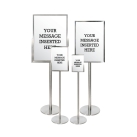
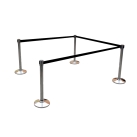

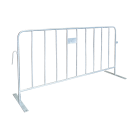

 Matting, Ramps & Tactiles
Matting, Ramps & Tactiles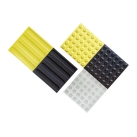
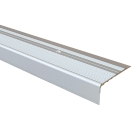
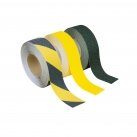
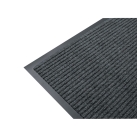
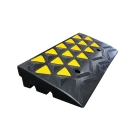
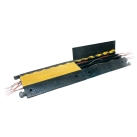
 Signage & Safety
Signage & Safety 